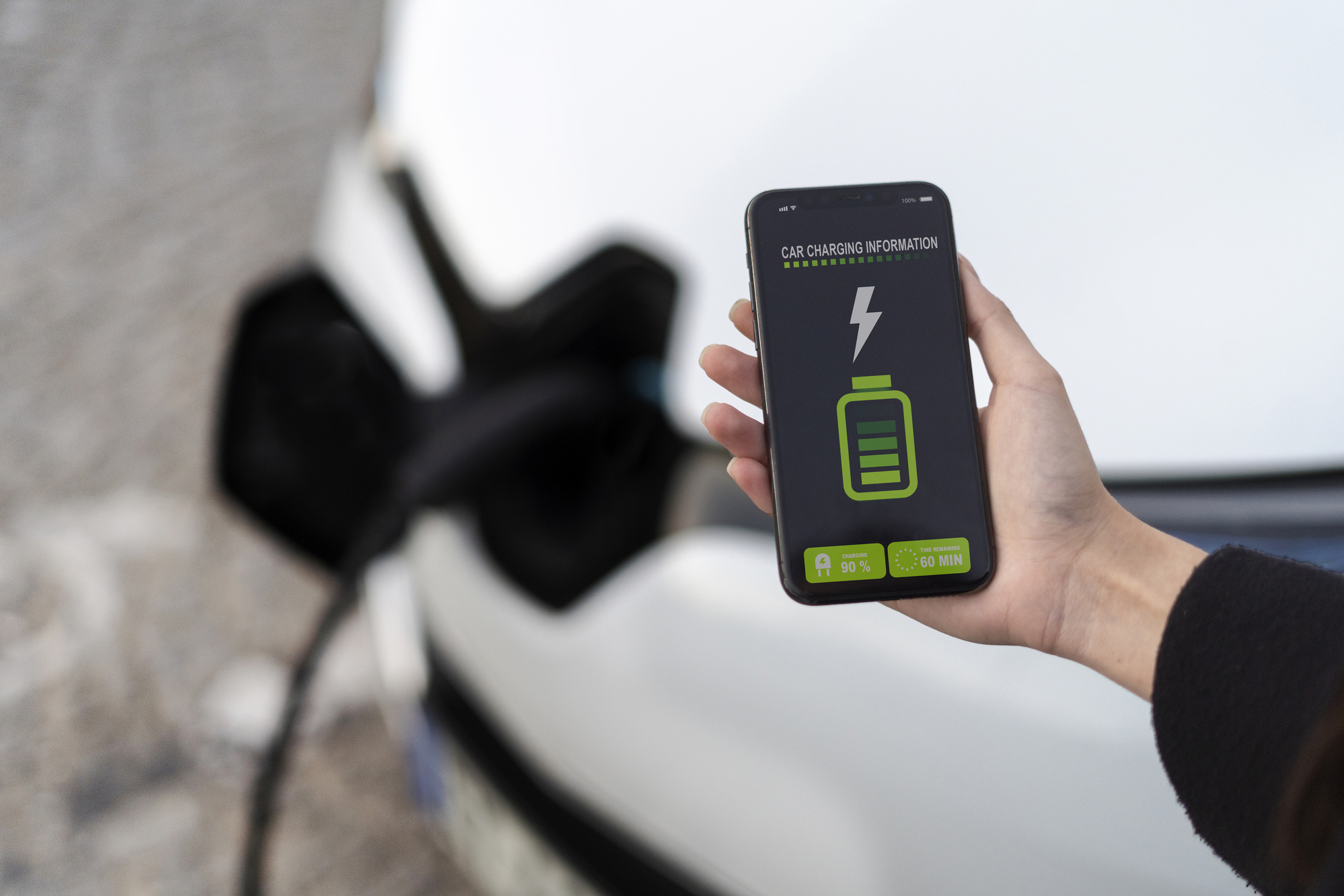Electric Vehicles: Turning Megatrend into Reality
Many countries have chosen electric vehicles as the solution to the energy and global warming crisis. The International Energy Agency estimates that by 2030, there could be 145 million electric vehicles in use worldwide (excluding two- and three-wheelers). By the decade's end, the global fleet could total 230 million if the governments ramp up their efforts. In the meantime, many countries seek to accomplish their greenhouse gas emission reduction goals by reducing the number of conventional internal combustion vehicles. For instance, on June 8, the European Union (EU) countries approved a bill to ban the sale of new petrol and diesel cars beginning in 2035 and encourage the use of electric vehicles to reduce net greenhouse gas emissions by 55% from 1990 levels by 2030.
On February 15, the Thai cabinet authorized a package of incentives, including tax cuts and subsidies, to help bring down electric vehicle costs and encourage the public to switch to them. The National Electrical Vehicle Policy Board has set the goal "30@30," which aims to guarantee that by 2030, EVs will make up 30% of Thailand's total auto production. For this goal, 725,000 EV cars, pickup trucks, and 675,000 EV motorbikes will be produced.
From the rising shift toward electric vehicles in many countries, Robeco, a Dutch asset management firm, predicted that the sale of electric vehicles could rise to 30–40% of new car sales globally in 2030, up from the 2.5% in 2019 where the electric vehicles were first introduced to the market. That being said, electric vehicles are a megatrend to watch, with all worldwide investors interested in investing in businesses associated with electric vehicles, such as electronic circuit boards, charging stations, and auto parts.
Highlights of Electric Vehicles and Growth Opportunities
Why will the world of the future be powered by electric vehicles? The first factor is the environment. In addition to being exhaust-free, EVs are non-polluting, have a lower energy cost per unit of driving measurement than gasoline-powered cars, and operate with excellent performance thanks to electric motors that deliver strong torque from the start. Electric vehicles are simpler structurally, with their primary components being batteries, electric motors, control systems, and body parts. Electric vehicles only need large, heavy batteries now that they use electric motor technology. Therefore, other components must be lightweight and robust. With these distinctive characteristics, automotive part makers have the opportunity to expedite developments that match the needs of electric vehicle technology.
SCG Chemicals or SCGC is moving up to enter the future megatrend market and has partnered with plastic compound resin manufacturers and automakers to create plastic resins for the automobile industry by focusing on manufacturing lightweight automotive parts. The products are divided into two categories:
- Surface Aesthetics to cater to aesthetics of both interior and exterior of the car by reducing the interior parts' sheen and distracting light reflection, improving the appearance of the external vehicle parts by eliminating irregular wavelengths with low volatile organic compounds (VOCs).
- Safety to provide a safety solution with ultra-high impact resistance, high flow, toughness, and ductility, which can significantly minimize injuries to drivers and passengers in accidents.
It is evident that SCGC is prepared to seize growth opportunities by creating products that fulfill current and future needs. One of SCGC's efforts is to never stop innovating for people's better quality of life while driving business forward relentlessly.
________________________________
Source:





